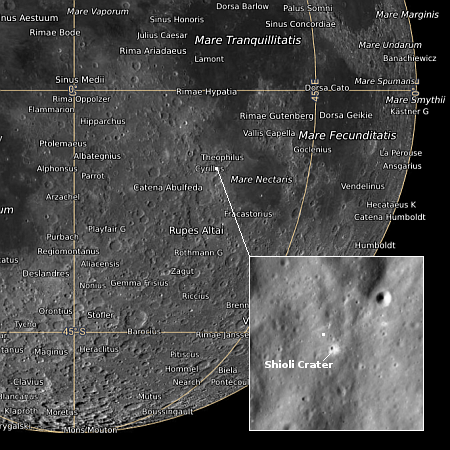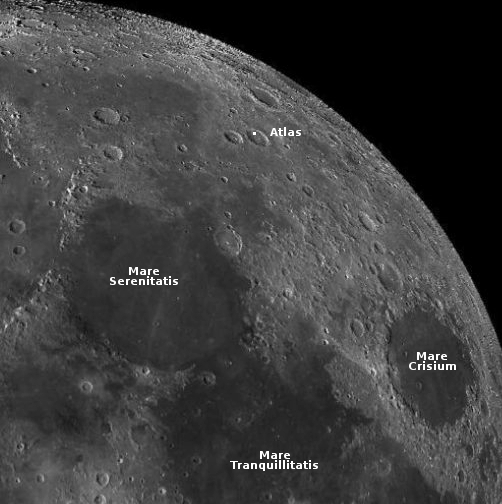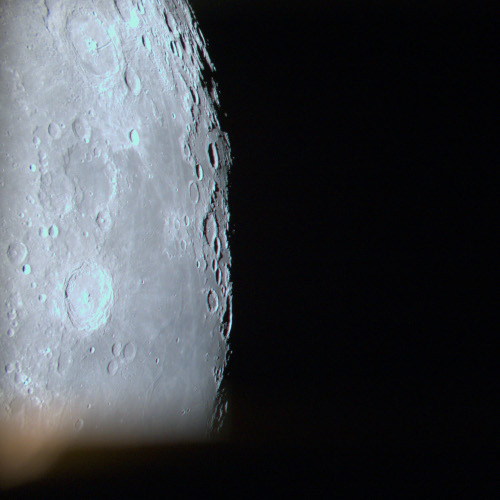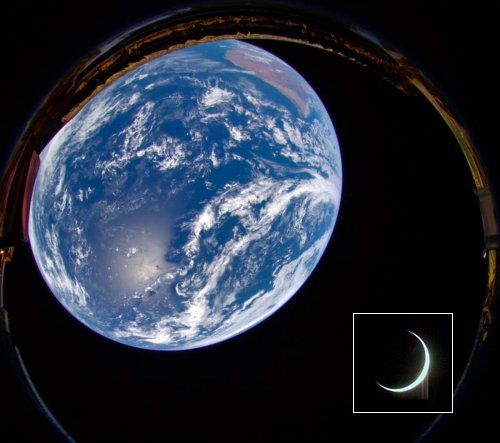JAXA schedules last H-2A rocket launch, carrying X-Ray telescope and lunar lander

Map showing SLIM landing zone on the Moon.
Click for interactive map.
Japan’s space agency JAXA today announced that it has finally rescheduled the launch of its XRISM X-Ray telescope and its SLIM lunar lander launch for September 7, 2023, lifting off using the last flight of its H-2A rocket.
The previous launch attempt several weeks ago was scrubbed due to high winds. This new launch date has a window of seven days, which means if weather scrubs the September 7th launch they will be able to try again immediately within that window.
The white dot on the map to the right shows the targeted landing site of SLIM, which is testing the ability of an unmanned probe to land precisely within a tiny zone of less than 300 feet across.
Meanwhile, with the retirement of the H-2A rocket and its replacement having not yet flown successfully (its first launch failed in March), Japan after this launch will be in the same boat as Europe, without a large rocket and lacking the ability to put large payloads into orbit.

Map showing SLIM landing zone on the Moon.
Click for interactive map.
Japan’s space agency JAXA today announced that it has finally rescheduled the launch of its XRISM X-Ray telescope and its SLIM lunar lander launch for September 7, 2023, lifting off using the last flight of its H-2A rocket.
The previous launch attempt several weeks ago was scrubbed due to high winds. This new launch date has a window of seven days, which means if weather scrubs the September 7th launch they will be able to try again immediately within that window.
The white dot on the map to the right shows the targeted landing site of SLIM, which is testing the ability of an unmanned probe to land precisely within a tiny zone of less than 300 feet across.
Meanwhile, with the retirement of the H-2A rocket and its replacement having not yet flown successfully (its first launch failed in March), Japan after this launch will be in the same boat as Europe, without a large rocket and lacking the ability to put large payloads into orbit.



